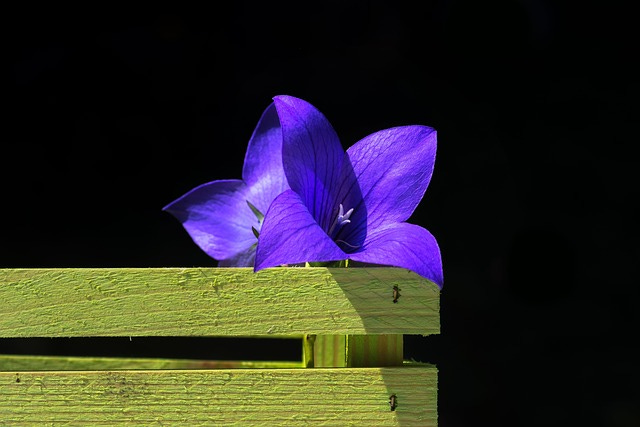When things are not working the way we know they should, listen for a world not created by what we know.
Keeping Company with my Koan. Part 4 of 4.
This is the last post about my keeping company with a koan. I am glad to have found the practice and I want to leave a few thoughts for anyone who might be interested.
1. Being a Buddhist is not required. Two well-regarded koan practitioners say so: Joan Sutherland, an American who is not a Buddhist and John Tarrant, an Australian who is.
2. Traditional koan practice involves a teacher and a group but you can work on your own. Sutherland and Tarrant have both written books to guide practitioners who are on their own. (See below.) The first few short chapters of Sutherland’s book are enough to get you started. And Tarrant offers some advice here.
3. Meditating with a koan need not be “insight meditation.” Sutherland says that whether you are meditating or out in the world living your life, just notice what happens and be curious. About all of it. “[Encourage] an attitude of warmth and curiosity toward what happens.” (Through Forests of Every Color at 58.)
4. Choose a koan that you would like to spend time with. . . some question which interests you but has no rational answer. You might feel drawn by the koan’s subject, or a word or its sound . . . anything. Choose from the tradition’s collection or find your own. Sometimes beginners start with the koan asking whether a dog has Buddha-nature. The response in the koan is “no.” (In Japanese, “mu.”) If you know dogs, you know they have Buddha-nature! As soon as you wonder “Why would the response be ‘No’?” your koan practice has begun. My koan is about how Jesus prayed. I am happy to spend time with it.
5. Why do it? Perhaps, to visit a world that is not created by what we know. The other day, I thought a thought which I had never thought before. It surprised me. I did not even know that it was a thought I wanted to think, but it was. I would tell you what it was, but I am a little embarrassed by how ordinary it is. To me it feels like a miracle.
And then there is this. It is said that when Genghis Khan’s troops invaded China in the 12th century, local governors went out to meet with him “hoping to persuade him to rule the cities rather than burning them.” They were afraid and felt unprepared for the task. One of the governors asked his teacher for advice. “The most helpful thing the teacher could think of was to make a collection of koans… The [governors] sat up all night reading the koans aloud. They had an impossible situation, so they saturated themselves in a method that prepared them to take advantage of whatever tiniest possibility might appear.” Tarrant, Bring Me the Rhinoceros, (Shambala Publications, 2022) at 8-9.
A timely story for governors and for the rest of us.
Here are three books I can recommend about koans:
Through Forests of Every Color: Awakening with Koans by Joan Sutherland. (Shambala Publications, Boulder, Colorado 2022.)
Bring Me the Rhinoceros: and Other Zen Koans That Will Save Your Life by John Tarrant. (Shambala Publications, Boulder, Colorado, 2004.) (Advent? Chapter 3: “Meeting the Inconceivable.”)
The Book of Mu: Essential Writings on Zen’s Most Important Koan, eds. James Ishmael Ford & Melissa Myozen Blacker. (Wisdom Publications, Somerville, MA. 2011) A collection of essays by different authors on the koan about a dog’s Buddha-nature.
I will continue to keep company with my koan, but next week I will return to reflections on the upcoming Sunday’s lectionary readings. I look forward to that.
Thank you so much for reading.
Peace.



It’s been so interesting reading about your Koan journey. Thank you for sharing!